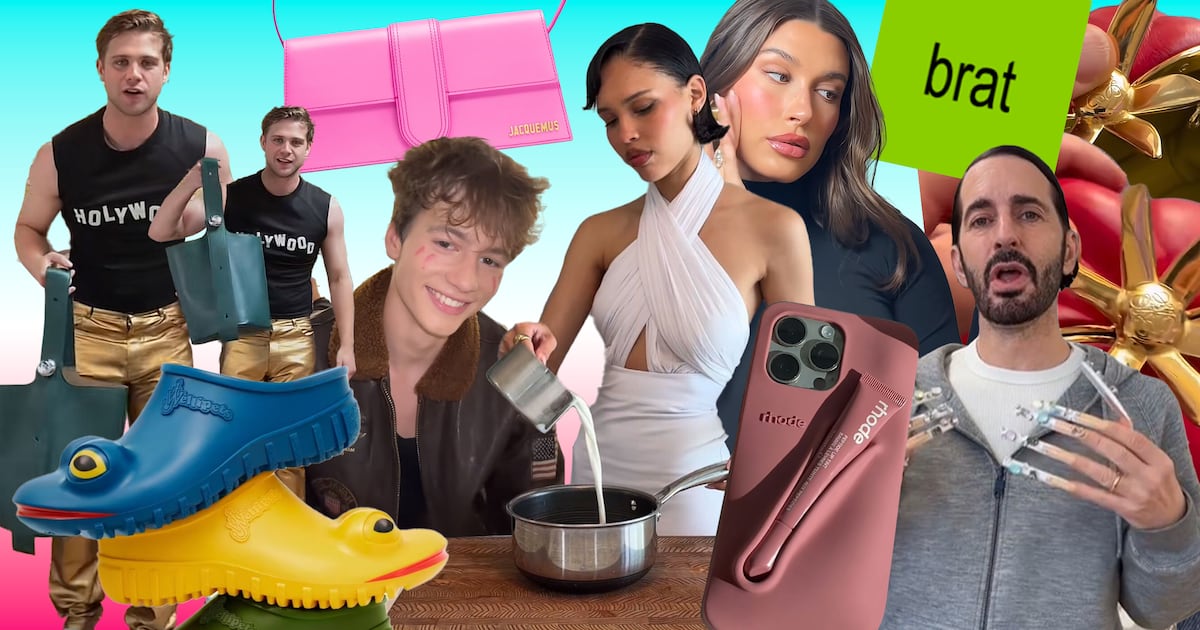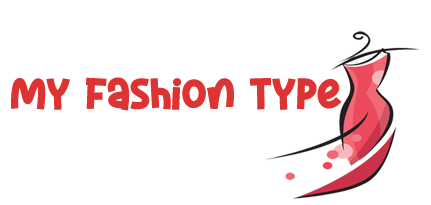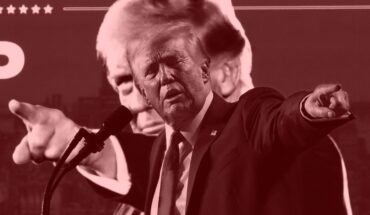
If you were to use TikTok’s own vernacular to describe its current state, you might say the vibes are unsettled. A law banning the app in the US is set to go into effect on Jan. 19, though it’s anyone’s guess whether it actually will. Legal experts have generally described TikTok’s path to salvation as narrow — lower courts have sided with the Biden administration, and President-elect Donald Trump cannot himself squash the ban he first proposed in 2020 once he takes office. But the Supreme Court has agreed to hear the app’s appeal, and Trump has asked the court to delay the ban’s implementation until after he takes office in hopes of brokering a deal with its parent company, ByteDance Ltd. ByteDance, too, could head off the ban by selling its US business, but the Chinese company has said it has no intention of doing so.
What hangs in the balance is a platform that, for better or worse, has emerged as a vast engine for cultural production. The app says it has more than 170 million active users in the US, and according to a Pew Research survey almost two-thirds of adults under 30 use it regularly. In early 2024, Bloomberg reported that ByteDance was aiming for more than $17 billion in US sales for the year via TikTok Shop, which allows users to buy products they encounter directly on the app. From this milieu, trends emerge constantly and ceaselessly.
“So much happens there first,” says Casey Lewis, a consultant and the author of After School, a newsletter documenting consumer behaviour among young people.
But what happens on TikTok doesn’t stay there. Instead the app has become something of an assignment editor for the internet at large, pushing the ideas of TikTok creators— girl dinner, everything shower, quiet luxury — out into traditional media and onto other platforms, as well as into the marketing plans for all kinds of products. The app’s memes and trends can spout seemingly at random — do we all remember “very demure, very mindful”? — and saturate the internet in a matter of days, influencing an enormous amount of economic activity, both on and off the app. The most successful TikTok creators are able to quit their day job in favour of reviewing Amazon products or producing recipe tutorials, and brands that catch on among users, such as e.l.f Beauty and Duolingo, have seen their revenue soar. Sometimes that’s thanks to sales directly through TikTok Shop, but more often through the force of the app’s influence on all kinds of spending.
TikTok’s speed and scale have forced many sectors of the US consumer economy — beauty, fashion, health and wellness, hospitality, food and fitness among them — to remake themselves in its image to a degree that couldn’t have been predicted even five years ago. According to a report by MediaRadar, brands spent an estimated $4 billion on TikTok ads in 2023. That figure doesn’t include all the more oblique ways brands spend money to get their products in front of social media users. Nikita Walia, the strategy director at the branding agency U.N.N.A.M.E.D. called the platform’s influence “dynamic and unpredictable.” Anybody can theoretically have millions of eyes on them overnight.
Now there’s a very real chance that all of that will vanish.
If TikTok falls, where will the trends sprout from? The most obvious place would be Instagram, which was itself the dominant social media driver of consumer trends before TikTok surpassed it in the past few years. James Nord, the founder of the influencer marketing company Fohr, says that’s where he sees the bulk of social marketing and advertising dollars moving if TikTok is no longer viable, with YouTube a somewhat distant second. Fohr’s clients are still signing deals (unsurprisingly, shorter ones) with influencers on TikTok, which will still function for existing users in the US as a sort of zombie app: usable but cut off from technical updates and no longer available for download.
Most of the people who make money on social media don’t bother with the grind of growing multiple followings across platforms. “A lot of big TikTok creators who are doing this for a living, they don’t have a commercially viable following anywhere else,” Nord says. More sophisticated creators have been trying to build their audiences on other platforms since plans for a possible ban were first floated during the last Trump administration, but doing so takes time and persistence, and even then the number of fans willing to move with a creator might not be large enough to sustain their livelihood. Nord also sees many influencers on the platform who are doing nothing at all to hedge their bets, assuming that something—Trump, the Supreme Court, an unpredictable third thing—will head off catastrophe at the pass. The ban, should it go into effect, “will be an extinction-level event for them,” he says.
Even if the marketing money hose simply redirects its spray at Instagram, what results will likely be different, for creators, for brands and for the public at large. TikTok’s trump card has always been its algorithm, which does an unusually good job at homing in on what particular users are compelled by and surfacing videos from smaller and more niche creators, which can give someone using the app the feeling that they’re in a conversation with peers.
“There’s just a candidness or, like, an unpolishedness that the algorithm rewards on TikTok that feels very different than Instagram,” says After School’s Lewis.
Instagram, which developed its short-form video feature, Reels, as an answer to TikTok’s popularity, tends to overindex on aspirational wealth spectatorship, Lewis says. When the app tries to tone that down, it often overcorrects its recommendations into unsettling or low-quality viral slop — or, in many cases, videos that were already popular on TikTok weeks or months ago. Instagram is an app that can help Dior sell handbags, but it’s not clear that it can turn an undiscovered song into a hit.
The internet will continue spitting out an endless and baffling series of trends even if TikTok’s ban goes into effect — it did before the app existed, after all. So the question isn’t whether the internet trend-industrial complex will endure, but to what extent it will be diminished, and what the nature of its output will be. At least at first, the means of trend production will almost certainly slow down because nothing so far has been able to match TikTok’s frenetic pace. Weakening that trend cycle probably wouldn’t be a terrible thing. Brands and journalists trying to keep up with every idea that generates any interest on the app can end up led around by the nose by relatively small groups of adolescents.
“TikTok ‘trends’ are easy marketing fodder,” Walia notes. “Need to send out a marketing email on a Wednesday? Why not tap into the latest emerging ‘aesthetic’?”
While that in itself certainly wouldn’t justify a federal ban, anything that might force companies to be a little more thoughtful about the pitches they make to the public — or writers to slow down before they declare something a legitimate trend — would, on some level, be a welcome challenge to the passive acceptance of whatever TikTok serves up.
By Amanda Mull





